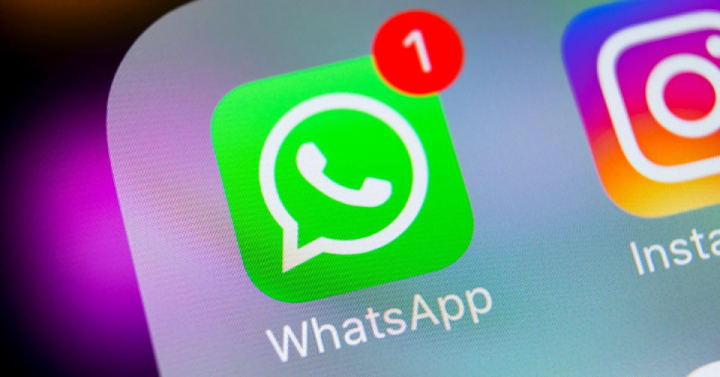Technology
How to check if your smartphone is affected by a virus

In the Internet age we live in, all our gadgets are vulnerable to viruses. There are some cynical codes which uses malware to access and profit from sensitive information stored on computers and smartphones. They sell these details on the dark web and generate revenue.
Just like computers, smartphones are also susceptible to these viruses. Usually, malware appears in the form of applications, advertisements, etc. Hackers use ransomware to lock devices and encrypt personal information. Here is how to check if your smartphone is affected by a virus. (more…)
Recent Articles
News
Sustainable Business Practices for Small Companies
Did you know that small businesses can save up to 60% in operational costs by im...
News
Mastering Time Management for Entrepreneurs
Did you know that 82% of entrepreneurs work more than 40 hours a week? Yet many ...
News
The Complete Guide to Email Marketing Automation
Are you letting your business stall without Email Marketing Automation? It's tim...

Artificial Intelligence
OpenAI Just Broke NVIDIA's Monopoly: Why Their Secret Google TPU Deal Changes Everything in AI
Here's what nobody is talking about in Silicon Valley right now: OpenAI just mad...



